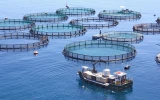Is Lobster Farming Profitable? (Full Breakdown 2024)
With proper market analysis, sustainable practices, and efficient management, lobster farming can be lucrative. While it presents an opportunity for significant profit due to the high market value of lobsters, it also comes with challenges such as substantial initial investment and complex breeding conditions.
Lobster farming in 2024 can be profitable. Initial setup costs are high, can exceed $100,000 for a small-scale operation, covering hatchery, grow-out facilities, feed, tanks, and water filtration systems. Successful farms potentially earn significant returns after initial investment recovery, which can take 5–10 years.
Lobster farming is challenging and not widely practiced due to lobsters' slow growth, high space requirements, and susceptibility to disease. However, advances in aquaculture technology may increase profitability in the future. Currently, it's less profitable compared to other forms of aquaculture like fish or shrimp farming.
Summary
- Commercial lobster farming, particularly of the species Homarus americanus (American lobster) and Homarus gammarus (European lobster), is relatively rare and challenging due to the slow growth rates, long larval stages, and the need for specific environmental conditions. However, farming of spiny lobsters (Panulirus spp.) is more common in some regions.
- The demand for lobsters, particularly in luxury markets and gourmet cuisines, remains high, making this endeavor seem promising.
- To enhance your success, you may explore additional revenue opportunities, such as ecotourism or educational workshops, which leverage the unique appeal of your lobster farm.
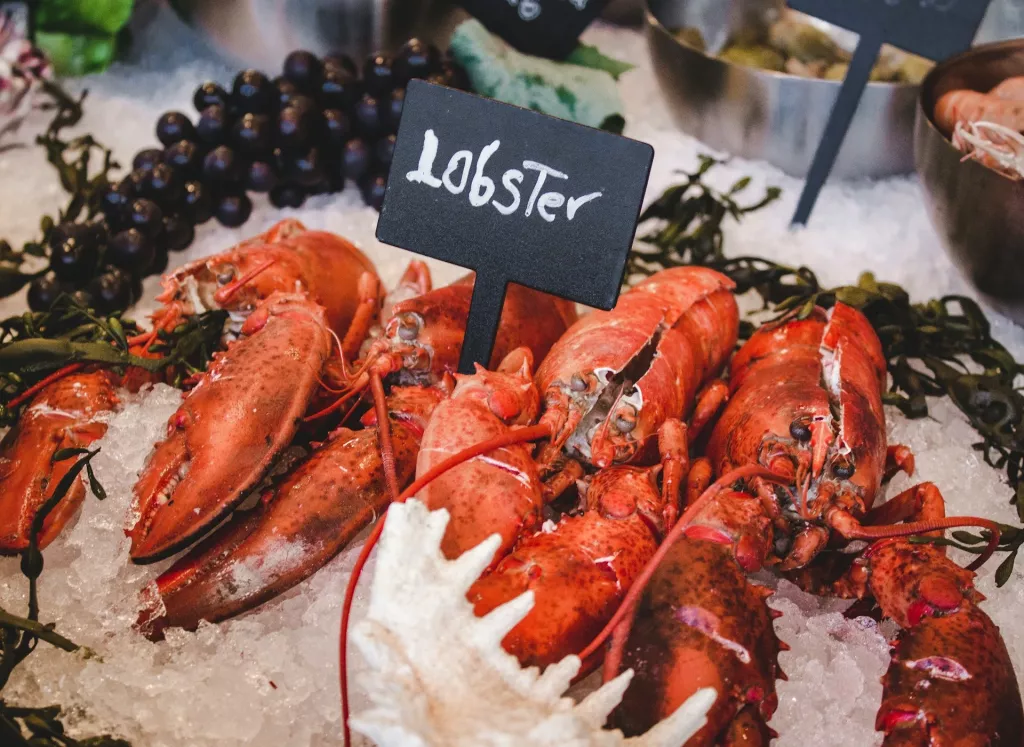
On this page:
Profitability of Lobster Farming
The lobster industry is lucrative, with noticeable trends leaning towards sustainably sourced and live products. Live lobsters, especially, command a premium in both local and international markets.
Your business model should align with these demands by considering agricultural sector innovations like bamboo nurseries, which can increase the survival rates of juveniles.
Ensure compliance with local and international fishing gear and nurseries regulations, which may affect how you raise and harvest lobsters. Recently, protective measures for marine life, like the right whale conservation efforts, have impacted lobster farming practices.
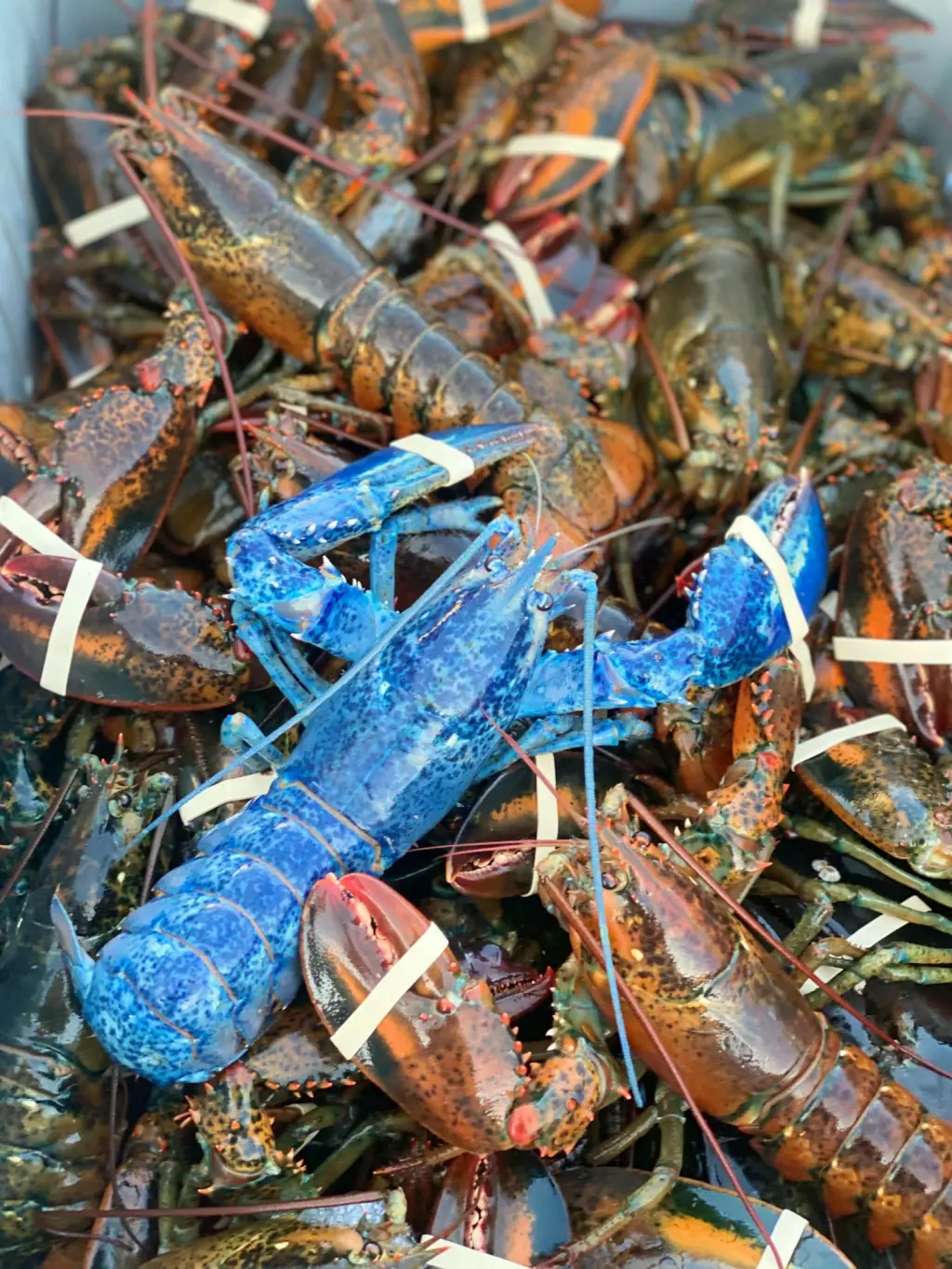
The different species suitable for aquaculture may include the American lobster (Homarus americanus), which is prevalent in the North Atlantic, or species like the European lobster (Homarus gammarus), and tropical variants such as Panulirus ornatus (tiger lobsters) and P. homarus. Each species presents unique market demands and growth rates.
| Species | Preferred Habitat | Market Value |
|---|---|---|
| American Lobster | Cold, North Atlantic waters | High, especially live sales |
| European Lobster | Eastern Atlantic, Mediterranean | Moderate to high |
| Tiger Lobsters | Tropical waters, high value in Asia | Very high |
| Panulirus homarus | Indian Ocean, less known but potential in local markets | Moderate |
Profit margin of lobster farming
The net profit margin can be around 50% to 65%. This figure can fluctuate based on factors like location, scale of operation, market prices, and production costs. Maintaining adequate production and minimizing costs is key to achieving good margins.
The market for lobster
The revenue streams from lobster farming can be diverse, ranging from direct sales to restaurants to retail distribution.
| Revenue Source | Estimated Revenue |
|---|---|
| Local sales | $50,000 |
| Wholesale | $70,000 |
| Total revenue | $120,000 |
-
Live lobster sales: The primary revenue stream for lobster farms is the sale of live lobsters to seafood distributors, supermarkets, restaurants, and directly to consumers. Premium prices can often be charged for high-quality, sustainably farmed lobsters.
-
Processed lobster products: Lobster farms may process lobsters into various products such as lobster meat, tails, or ready-to-eat meals. These value-added products can be sold to different markets, including retail and food service industries.
-
Juvenile lobster sales: Some lobster farms specialize in raising juvenile lobsters (lobster seed stock) to a certain size and then selling them to other lobster farms to be grown to market size.
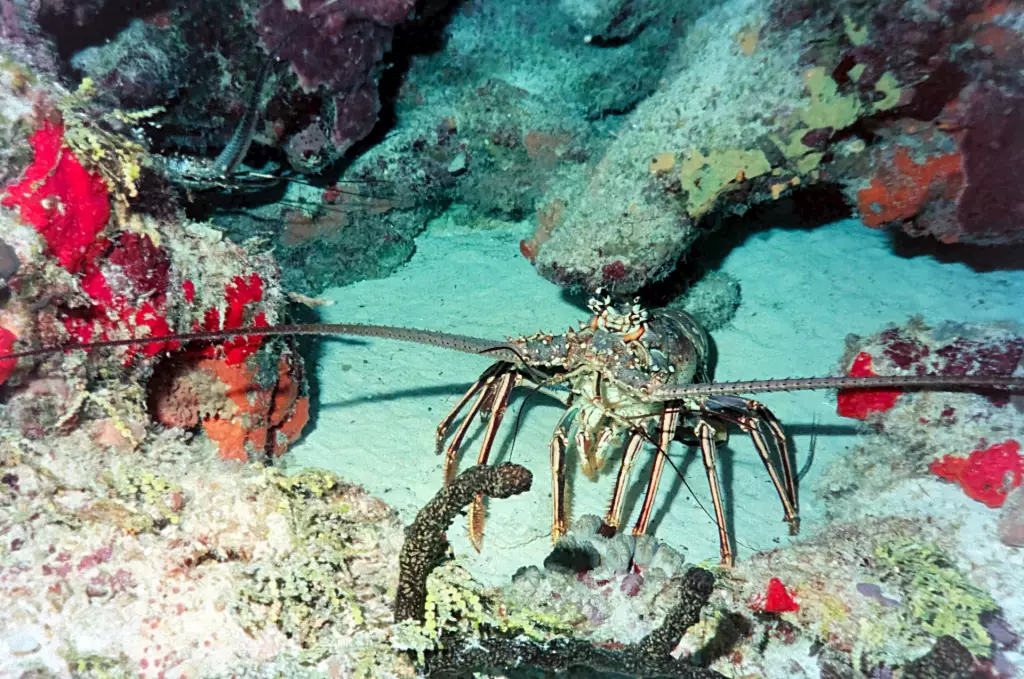
-
Breeding stock: Farms with a strong genetic stock might sell breeding lobsters to other farms looking to improve the quality of their own stock.
-
Research and development: Lobster farms may collaborate with research institutions or pharmaceutical companies to provide lobsters for scientific research, which could include studies on lobster health, genetics, or new aquaculture techniques.
-
Tourism and educational programs: If the farm is in a location conducive to tourism, it might offer tours, educational programs, or even hands-on experiences for a fee. This can also include hosting school field trips or workshops on sustainable aquaculture.
-
Consulting services: Experienced lobster farmers may offer consulting services to new or expanding lobster farming operations.
-
Aquarium trade: Some lobster species are popular in the home aquarium trade. Farms may breed ornamental lobsters for this specific market.
-
Byproducts: There might be opportunities to sell byproducts of lobster farming, such as lobster shells for use in decor, fashion, or as a source of chitin, which is used in various industrial applications.
-
Grants and subsidies: In some regions, there may be government grants, subsidies, or incentives available for sustainable aquaculture practices, which can provide additional revenue or offset costs.
-
Online sales and direct marketing: Direct-to-consumer sales through online platforms can be a lucrative way to reach a broader market, often allowing for higher profit margins by bypassing middlemen.
Cost Breakdown for Lobster Farming
Initially, you'll face startup costs involving obtaining suitable land, equipment, and infrastructure. You might invest in a recirculating system, which can vary in price, and an indoor tank system or an open sea cage system, depending on your chosen lobster farming method.
Cost to start a lobster farm
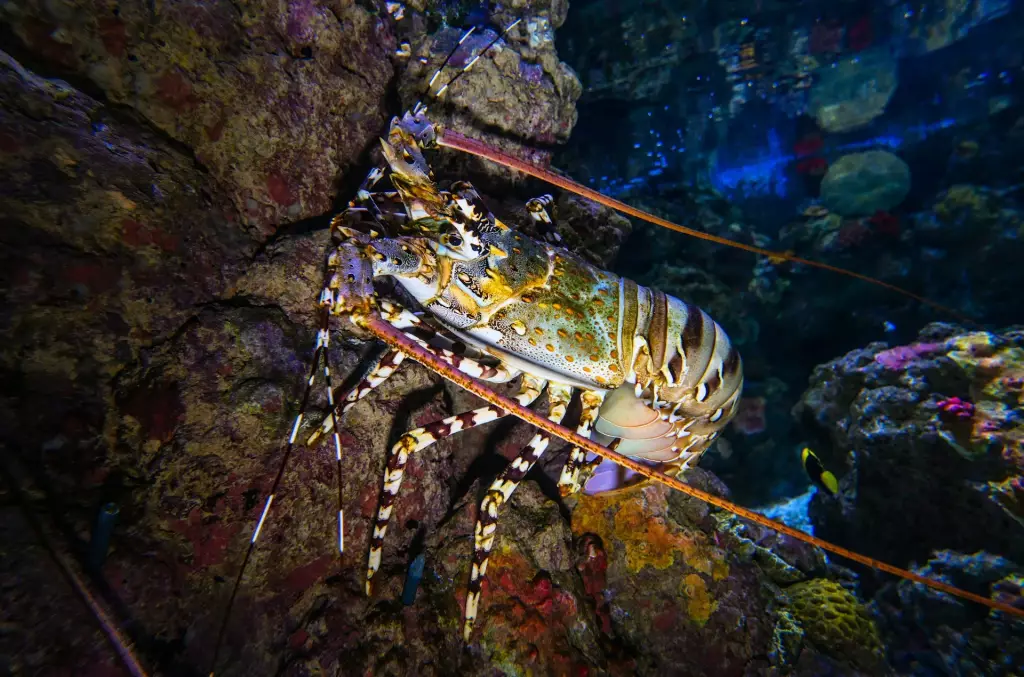
| Initial Investment | Estimated Cost |
|---|---|
| Land/sea lease | $1,000 - $500,000 |
| Tanks or cages | $5,000 - $20,000 |
| Construction and setup | $50,000 - $300,000 |
| Recirculating systems | $15,000 - $30,000 |
| Breeding stock | $5,000 - $50,000 |
| Equipment & supplies | $3,000 - $15,000 |
| Licenses and permits | $2,000 - $30,000 |
For a more detailed guide on the fish farm equipment you'll need, here's an article listing the costs.
Ongoing operational costs
| Annual Operational Costs | Amount |
|---|---|
| Juvenile lobsters | $10,000 |
| Feed | $15,000–$40,000 |
| Labor | $20,000–$30,000 |
| Utilities | $5,000–$20,000 |
| Health management | $10,000 |
| Marketing | $5,000 |
| Miscellaneous | $6,000 |
Your ongoing costs will encompass feed, disease management, utilities, staff wages, and post-harvest processing. Incorporating technology that modernizes breeding and feeding can reduce labor costs, but might require higher initial investment.
Transportation is another cost, especially if you're far from markets. Climate control for your tanks and managing pests are necessary to keep your lobsters thriving. Remember, your local regulations may require specific practices or equipment, affecting your expenditure.
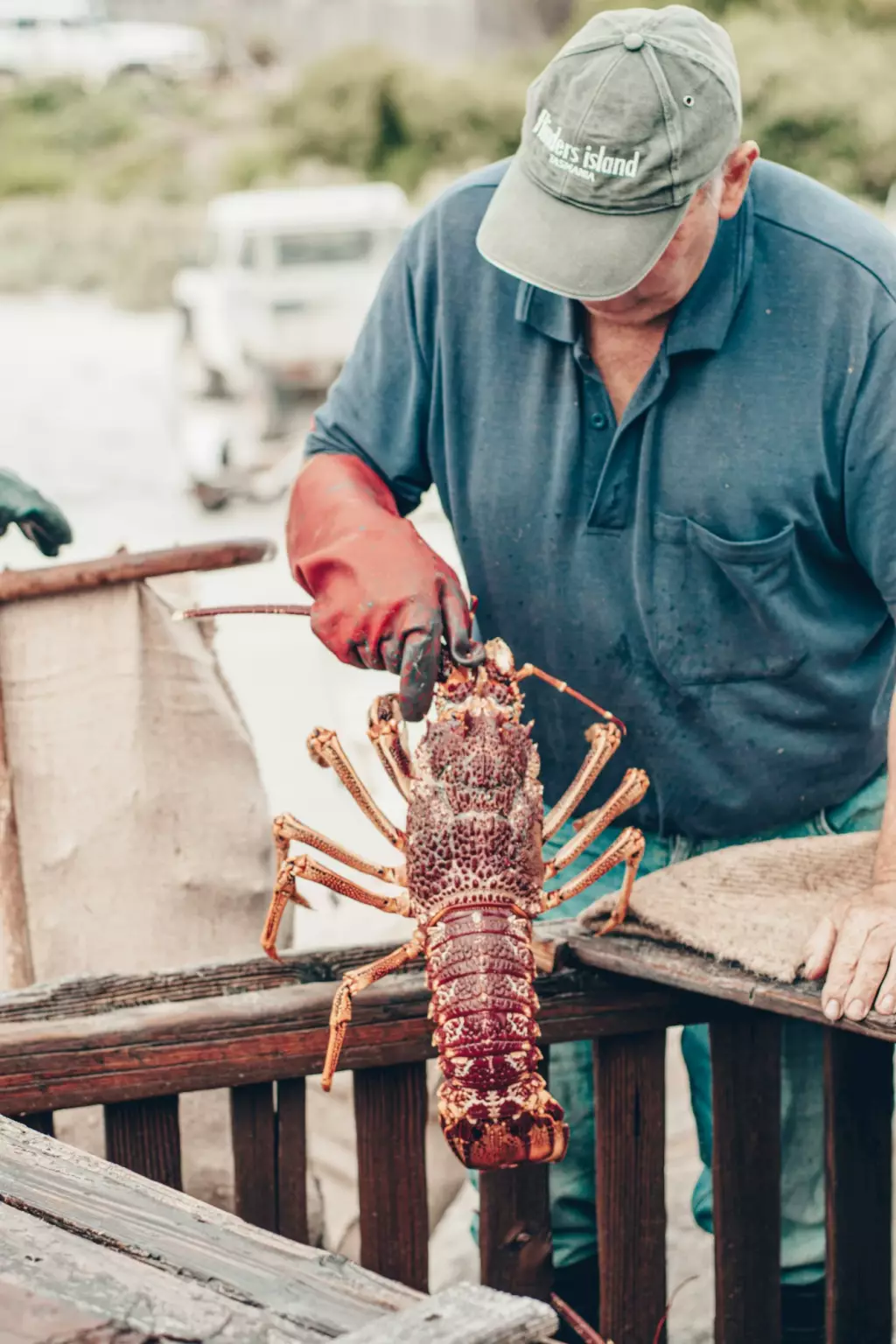
Ways to Minimize Costs and Maximize Profits
In lobster farming, your cost-saving strategy starts with selecting suitable farming systems like land-based tanks, sea pens, or recirculating aquaculture systems (RAS). Each has its set of expenses, so picking the one that fits your budget and local conditions is crucial.
You also need to prioritize high-quality fingerlings and optimal feed conversion to ensure healthy lobster growth while keeping costs low. Careful water quality management is essential — clean water means healthier lobsters and fewer losses to disease.
| Cost Component | Strategy for Minimization |
|---|---|
| Fingerlings | Purchase high-quality young to reduce mortality |
| Feed | Optimize ratios for growth and cost efficiency |
| System | Select system based on initial investment and maintenance costs |
| Water management | Regular monitoring to prevent diseases |
Additionally, deploying stringent biosecurity measures prevents costly outbreaks and the loss of your lobster stock. Adaptation to climate change impacts can protect your investment in the long term.
Remember, market demand plays a pivotal role in how much revenue you can generate. Keep an eye on trends and price fluctuations to sell your lobsters at the best possible price. With these strategies, you can minimize costs and maximize profits in your lobster farming venture.
Environmental factors and best practices
You need clean seawater with the right salinity and pH levels for lobsters to thrive. Ensure the temperature remains consistent, aligning with the natural climate to reduce stress on your lobster population. Regularly monitor for the presence of harmful substances like ammonia, nitrite, nitrate, and carbon dioxide, keeping them at minimal levels.

Site selection impacts success significantly. Choose a location where the ecosystem supports lobster farming, considering factors such as natural plankton availability for larval rearing and the need for dissolved oxygen. The local climate should be conducive to sustainable lobster farming practices.
| Parameter | Ideal Range |
|---|---|
| pH | 7.8–8.5 |
| Temperature | 18°C–24°C |
| Salinity | 30-35 ppt |
| Dissolved oxygen | >5 mg/L |
| Ammonia | <0.02 mg/L |
For disease management, practice sustainable methods such as maintaining clean water and a well-managed hatchery. Keeping a check on the juvenile lobsters can help in early detection of diseases.
Acknowledge market trends and adapt for the local market to ensure profitability. Stay informed on climate change impacts as they can affect farmed lobsters by altering their environment and influencing disease patterns.
Focus on organic practices wherever possible to appeal to consumers and promote an ethical approach to aquaculture. Your spiny lobsters can fetch a higher price, bolstering your position in the market.



